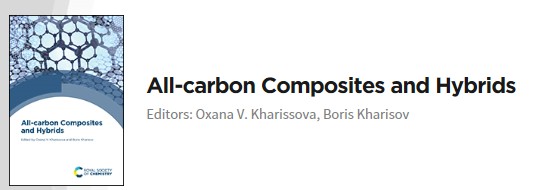Alexandre Merlen, équipe Nanostructuration IM2NP, co-auteur : "Raman Spectroscopy Characterization of Carbon Materials : From Graphene to All-carbon Heterostructures"
Alexandre MERLEN, MCF équipe Nanostructuration, est co-auteur d'un chapitre de l'ouvrage All-carbon Composites and Hybrids (Royal Society of Chemistry) qui vient de paraitre.
Chapitre en vente via le lien suivant : https://pubs.rsc.org/en/content/ebook/978-1-83916-176-6
Chapter 13
Raman Spectroscopy Characterization of Carbon Materials: From Graphene to All-carbon Heterostructures
A large variety of carbon nanoforms are currently produced and studied worldwide, such as nanotubes, fullerenes, nano-onions, nanocones, stacked nanocones, scrolled graphene, nanofibers, nanowalls, nanosheets and nanoplates. Graphene is their initial building block, and by applying a transformation, such as stacking, cutting, circularly wrapping, scrolling, coiling and/or screwing, the other forms can be obtained. In 2012, a nomenclature to classify all these sp2 carbon nanoforms was proposed by Suarez-Martinez

